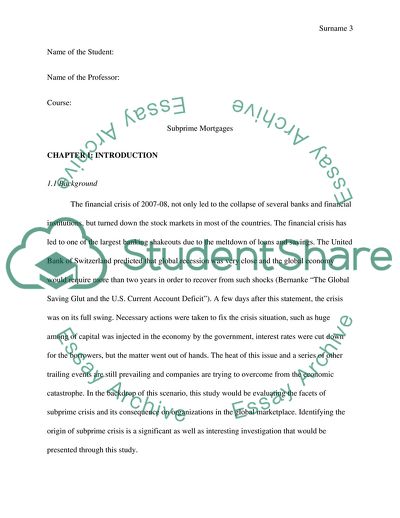Cite this document
(The Role of Banks: Subprime Mortgages Research Paper - 1, n.d.)
The Role of Banks: Subprime Mortgages Research Paper - 1. Retrieved from https://studentshare.org/finance-accounting/1804890-business-research-subprime-mortgages
The Role of Banks: Subprime Mortgages Research Paper - 1. Retrieved from https://studentshare.org/finance-accounting/1804890-business-research-subprime-mortgages
(The Role of Banks: Subprime Mortgages Research Paper - 1)
The Role of Banks: Subprime Mortgages Research Paper - 1. https://studentshare.org/finance-accounting/1804890-business-research-subprime-mortgages.
The Role of Banks: Subprime Mortgages Research Paper - 1. https://studentshare.org/finance-accounting/1804890-business-research-subprime-mortgages.
“The Role of Banks: Subprime Mortgages Research Paper - 1”, n.d. https://studentshare.org/finance-accounting/1804890-business-research-subprime-mortgages.


